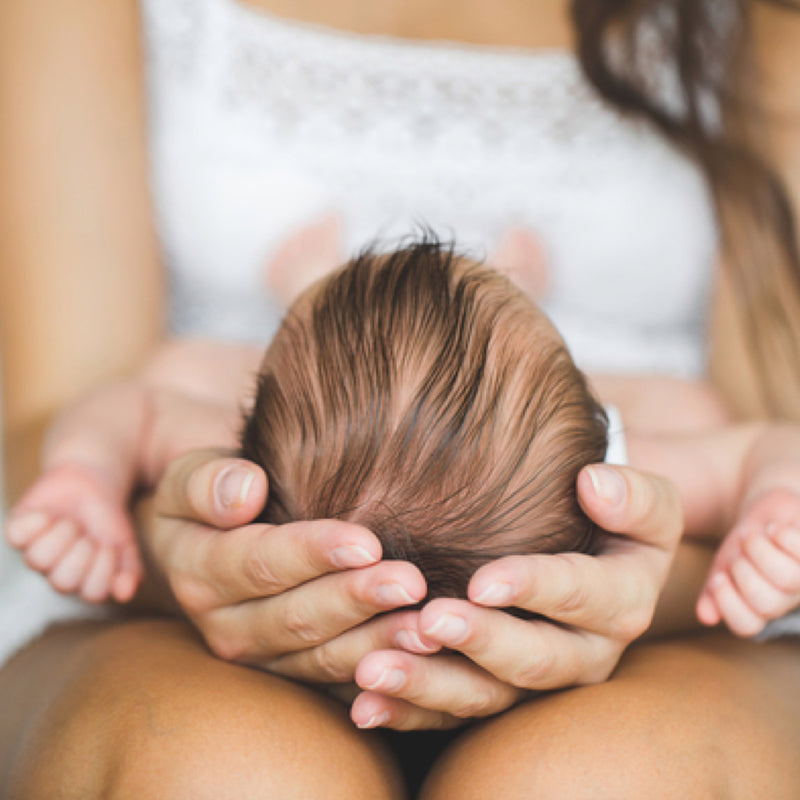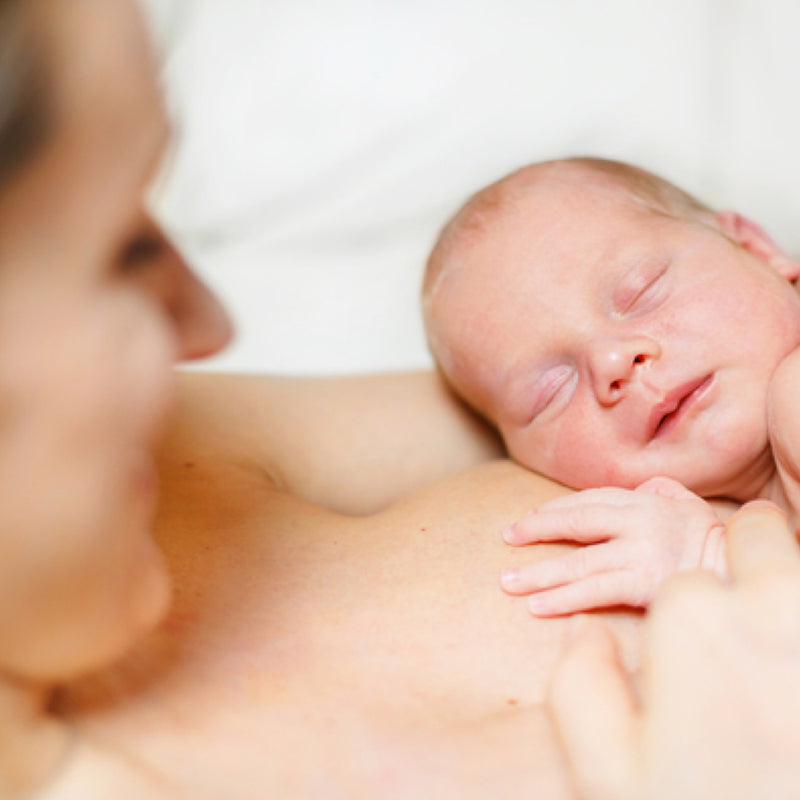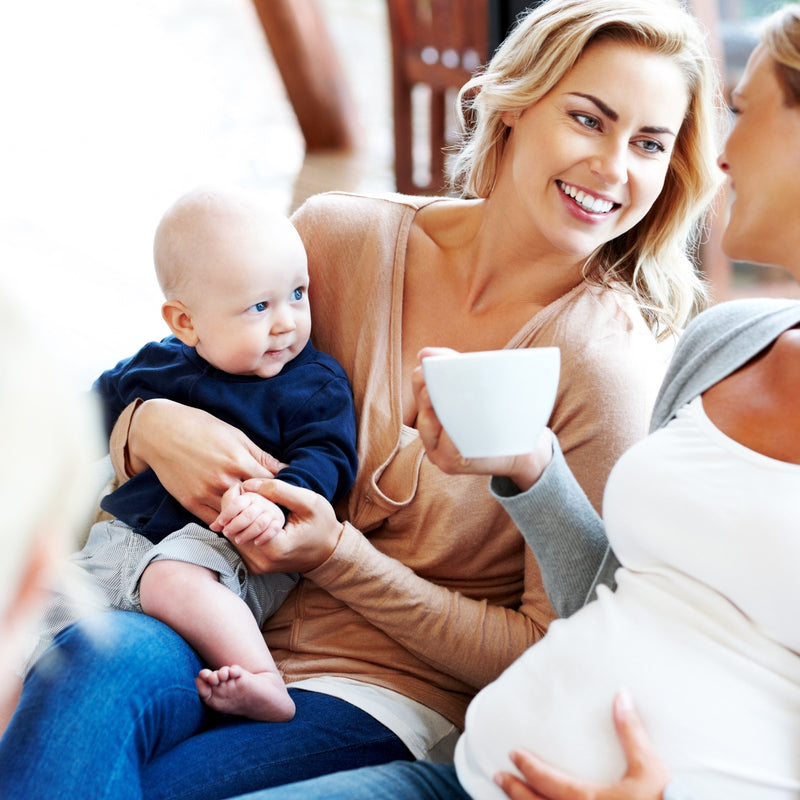Key Points
- Head banging, a common behavior in babies and young children, involves rhythmic movements where the child repetitively bangs their head against surfaces like the bed, pillow, or walls
- It can serve as self-soothing, self-stimulation, or a means of ventilating frustration, and may involve humming or singing
- Parents should avoid overreacting, ensure a safe sleeping environment, provide ample playtime, and maintain a calm household.
You’ll know how upsetting it can be if you’ve seen your baby or young child head bang. After all, one of our major tasks of parenting is to protect our little ones from harm. It just doesn’t seem to make any sense if the person doing the harming is themselves. But try not to be too alarmed. Head banging is generally never as risky as it may appear.
Most children outgrow head banging without needing any special intervention by their parents. In fact, a lot of research recommends a “less is more” approach when it comes to investing parental time and energy into managing it.
What is Head Banging?
- When a child gets on all fours and rocks their body back and forth, banging their head at the same time. They might use the headboard or the cot sides as a point of contact.
- When the child lies in bed and bangs their head repeatedly on their pillow, the mattress or the wall.
- When a child sits and bangs their head on the floor, the wall or a piece of furniture.
- When a child is lying down and moves their head repetitively from side to side.
- Some children will make the same repetitive noise when they’re head banging such as humming or singing to themselves.
Many children limit their head banging until they’re in their cot or bed and just before they go to sleep. They’ll wait until they’re in close proximity to a headboard and use it as a firm base to bang their head in a repetitive way. Some experts believe the combination of the noise and pressure is what attracts a child to head bang and makes them keep doing it. Another “add-on” form of self soothing can be humming or singing to themselves.
Many kids will just keep it up until the discomfort and pain of head banging overrides any satisfaction they gain.
Is Head Banging the Same as Body Rocking?
Head banging, body rocking, head rolling or other repetitive body movements tend to be jumbled into the same set of early childhood behaviours. Some children will bang a limb repetitively on their mattress or against their cot/bed rail. This has the same effect as head banging or body rocking and is a form of self soothing. All share a similar cause.
Most babies will develop some form of body rocking when they are learning to crawl. This helps them to develop balance skills and build muscle strength. Many stop rocking back and forth once they’ve mastered crawling and have better mobility. But others just keep it up.
Why Does my Child Head Bang?
Head banging can be a way for children to self-soothe themselves. It can also be a form of self stimulation or comfort. It is also thought to be an opportunity for young children to ventilate feelings of frustration with a situation they don’t understand and can’t control.
Some kids head bang because they’ve learned it’s a way to gain their parent’s attention. The first couple of times it may have generated an immediate response which created a sense of reward. This is why it can be useful to think about how and when the head banging started and how you may have reacted.
What We Know to be True About Head Banging
- It’s very common – most children will try it out at least once.
- Some children head bang more than others. There’s lots of individual variation.
- Many children limit their head banging until they are going off to sleep.
- Boys are three times more likely to head bang than girls.
- Head banging generally starts at around nine months of age.
- Most children will outgrow head banging by around three years of age.
- Head banging can be worse during times of stress or if a child feels anxious.
How do I Manage my Child’s Head Banging?
- Try not to overreact when you see your child do it. A little benign ignoring won’t go astray.
- Make sure your child’s cot/bed is safe and meets the Red Nose Safe Sleeping guidelines.
- Give your little one lots of opportunity for play and keep them busy until they’re ready for sleep. Head banging can be worse when there are long periods spent in the cot before dropping off to sleep.
- Spend some extra time with your little one before they go to bed. Boosting their feelings of security may help to minimise head banging.
- Think about your child’s experiences and if there may be reason for them to feel anxious. Stress can contribute to self soothing behaviours. Try to keep family life calm and predictable.
- If the noise is disturbing the household, remove the headboard from your toddler’s bed and position the mattress against the wall.
- Avoid reading too much into your child’s head banging. It’s almost always a normal and benign stage which most children outgrow.
When do I Need to be Concerned About My Child’s Head Banging?
- If you have any worries about your child’s growth or development.
- If their head banging is impacting on their sleep or other behaviour.
- If they are doing it all the time, even when they’re not settling for sleeps.
- If your child doesn’t want to engage with other people.
- If you are worried about your child’s social interaction.
- If your child won’t be distracted by toys and would prefer to bang their head.
- If you feel your child has harmed themselves or are at risk from their head banging.
- If you think your child is having seizures.
- If they are snoring or have other sleep disturbances.
If your child has a specific developmental delay - autism, vision or hearing problems - you’ll need to be especially careful about the risk of them harming themselves. Speak with their healthcare professional about what you can do to manage their environment.
About the Author:
Jane has qualifications in general, paediatric, immunisation, midwifery and child health nursing. She holds a Bachelor Degree in Applied Science (Nursing) and has almost 30 years specialist experience in child health nursing. She is a member of a number of professionally affiliated organisations including AHPRA, The Australasian Medical Writer’s Association, Health Writer Hub and Australian College of Children and Young People’s Nurses.
Our Products
-
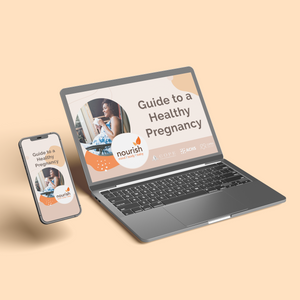
01. Guide to a Healthy Pregnancy
$55 -
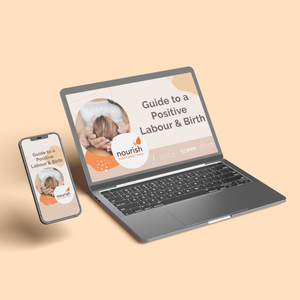
02. Positive Birthing Course
$55 -
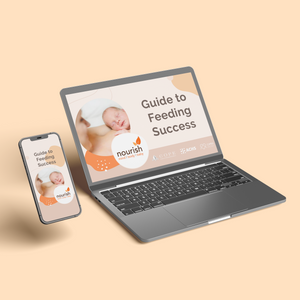
03. Infant Feeding Guide
$55 -
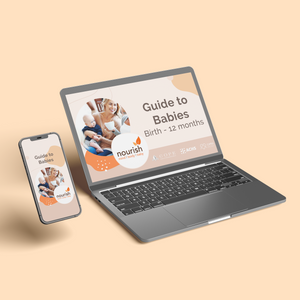
04. Baby Sleep Guide - First 12 Months
$55 -
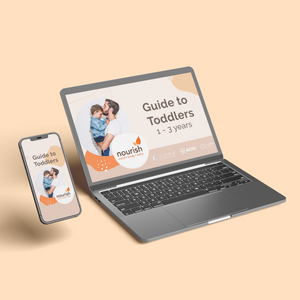
05. Toddler Parenting Course 1 - 3 Years
$55
-
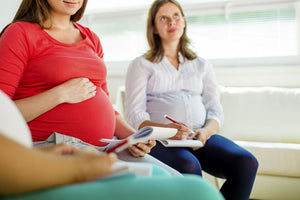 When to Start Antenatal Classes?
When to Start Antenatal Classes?
Becoming a parent is an incredible milestone, but it comes with a host of changes that can be daunting, especially for first time parents. Antenatal classes are all about offering expectant parents the education they need to make informed decisions, look after their bodies and care for their newborn babies. While you probably already have a long list of things you need to accomplish during your pregnancy, it’s a good idea to make time to attend antenatal classes.
-
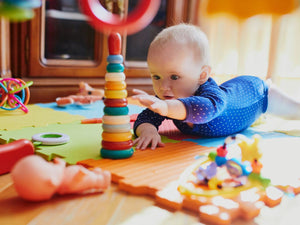 Development Milestones 4-8 Months
Development Milestones 4-8 Months
As they reach the middle of their first year, you'll start to see bigger leaps in their growth and ability!
In this article, we’re going to discuss your baby’s developmental milestones between 4-8 months, and what you can expect along the way.





 When to Start Antenatal Classes?
When to Start Antenatal Classes?
 Development Milestones 4-8 Months
Development Milestones 4-8 Months


